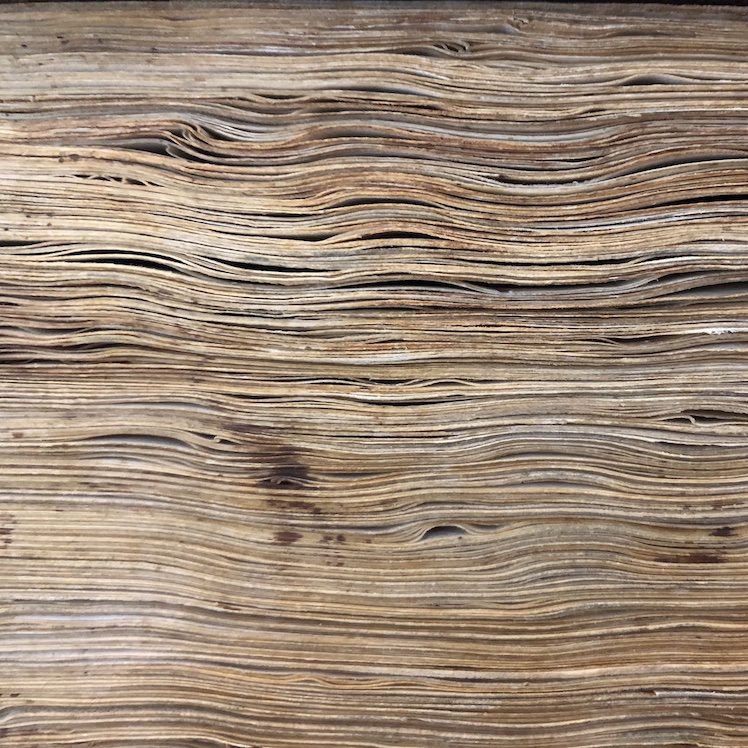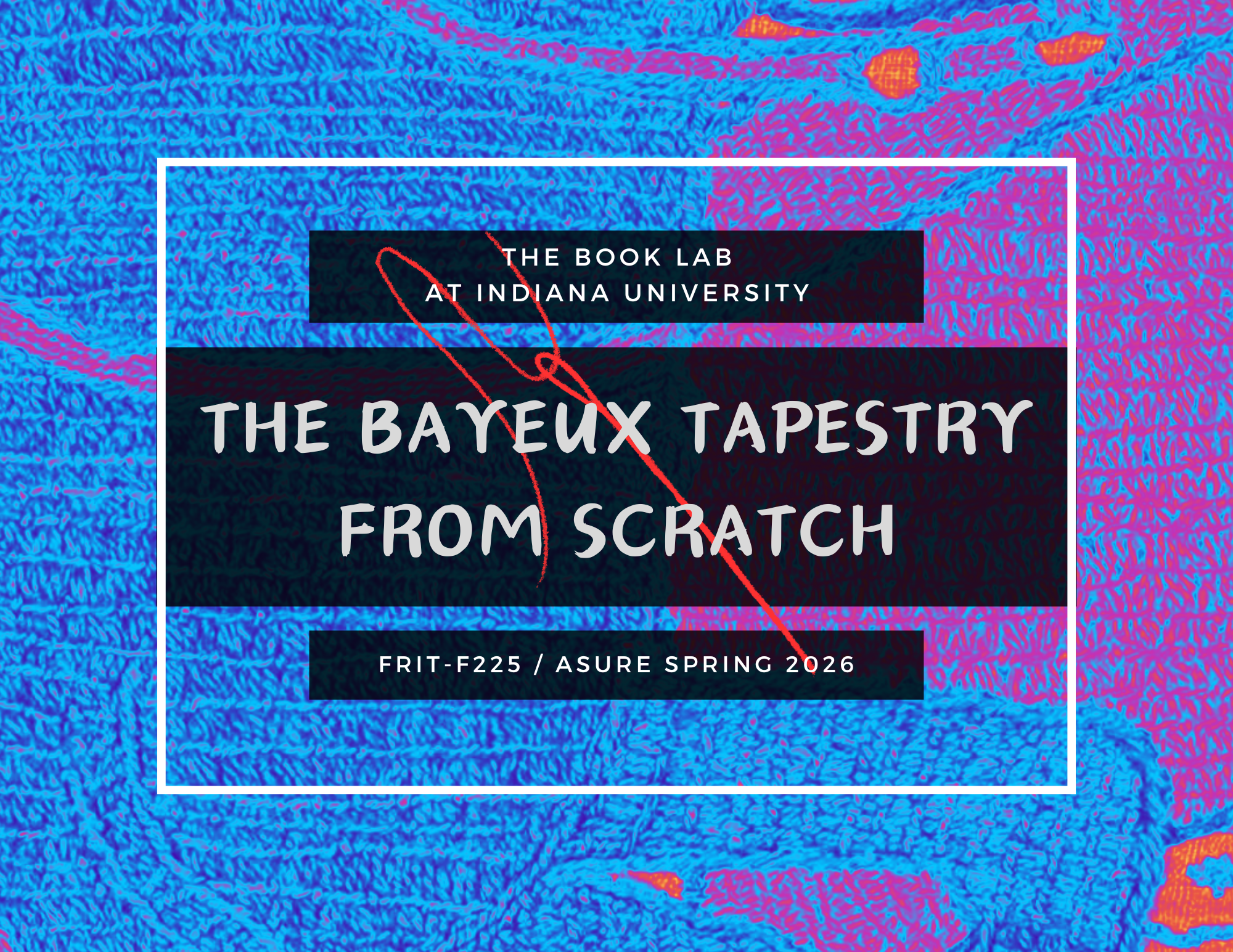Introduction to Book Studies
Fall 2025 TAUGHT BY ELIZABETH HEBBARD
COLL-X 101 Experimental Topics
MW 12:45 PM–3:15 PM
First Eight Weeks - 8/25/2025–10/17/2025
Books are one of the most ordinary and familiar objects in our lives. We see them everywhere without ever really looking at them. We tend to think of books as simple containers of words and of works that can be accessed in a variety of formats: in print or in e-book, in disembodied PDF scans, or in fragmented GoogleBooks search results. Yet the book as object represents a realm of continual technological and artistic experimentation.
This course offers an introduction to the book as historical, cultural, and material object through immersive, hands-on making experiments (labs). Organizing our inquiry into thematic modules which might include commercial and artisanal book production, libraries and archives, performance, and books and the sacred, among others, we will situate the book or codex among other text formats and within a variety of cultural and historical contexts. Class time will be divided between discussion of readings that introduce theoretical concepts and hands-on labs that put knowledge into practice, which might include paper making, ink making, sewing book bindings, and other creative and research-intensive making experiences.
This course, developed collaboratively by a working group of IU faculty who are specialists in the history of the book, will be the pilot course for the new interdisciplinary undergradaute minor in Book Studies developed with the support of a National Endowment for the Humanities (NEH) Humanities Initiatives Grant awarded in 2024.
Book Studies Minor




